Interview: WFP emergencies chief calls for funds to avert famine
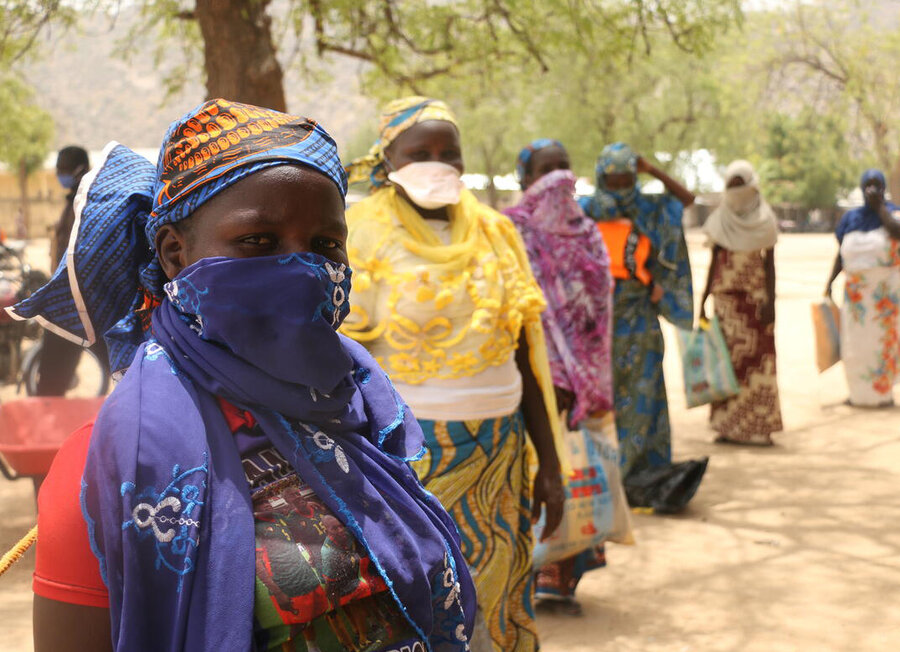
Famine seems to be the hardest word—an outcome no one working to end hunger wants, not least Margot van der Velden, Head of Emergencies at the World Food Programme (WFP).
She is very concerned about the increasing number of hungry people in the world today.
According to figures released in December, there are currently 151 million people facing acute hunger, including 31 million at severe risk across 40 countries.
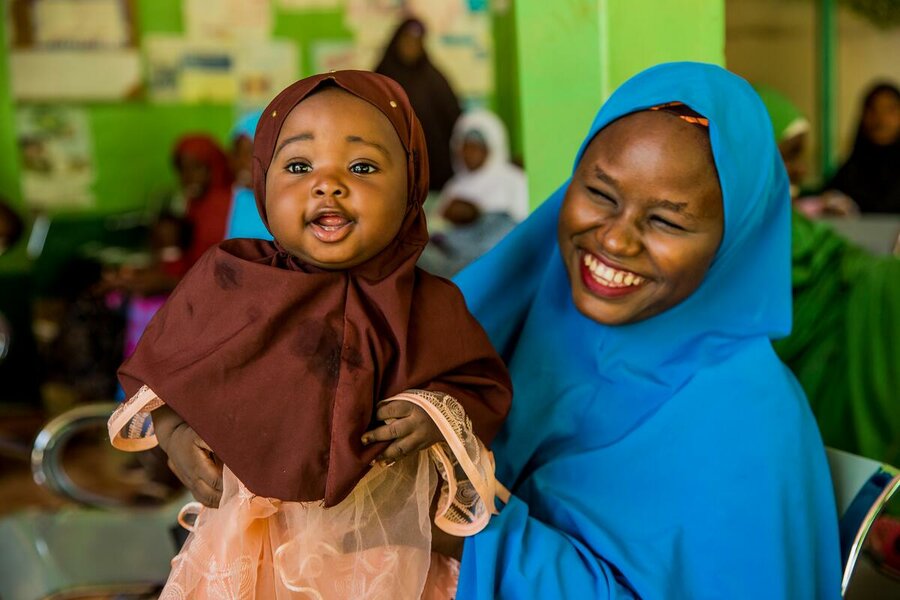
WFP/Arete/Damilola Onafuwa
“Those numbers are only going to grow in 2021,” says van der Velden. “I don't see any reason why they wouldn’t.”
In the coming year, she adds, “You'll continue to see most of the severe food insecurity in areas where there is conflict—coupled with access constraints.”
This will make “staying and delivering in ever more complex and insecure environments” a huge challenge—and it’s why WFP is calling for US$5 billion to set up a rapid-response fund and do its utmost to make sure famine does not happen.
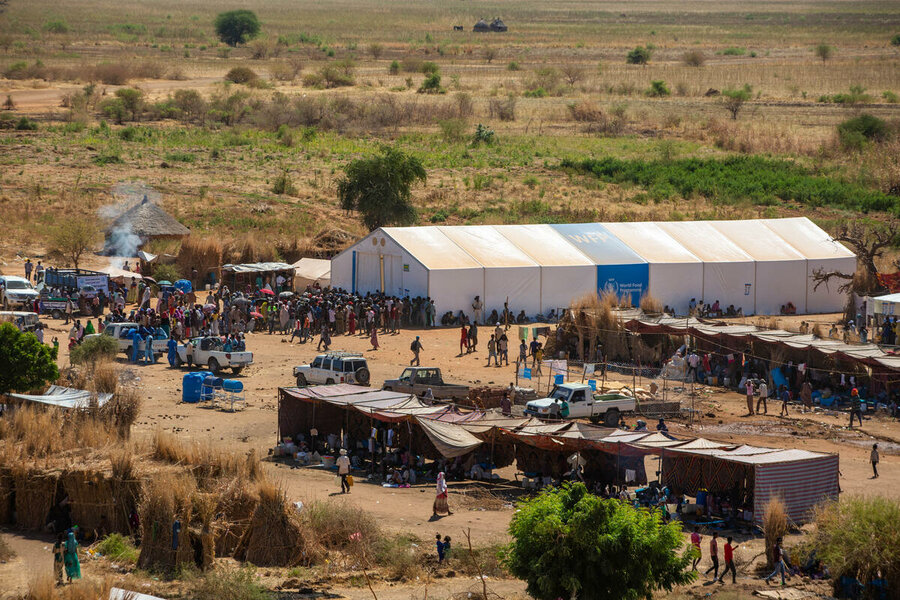
Yemen, where WFP assists 13 million people in its biggest operation, South Sudan, Burkina Faso and Nigeria are on the brink while Afghanistan, the Central African Republic, the Democratic Republic of Congo, Ethiopia, Haiti, Sudan, Uganda, Venezuela and Zimbabwe score particularly worryingly on the IPC (Integrated Food Security Classification) scale.
As ever, the key culprit is conflict—fighting between warring parties cuts off humanitarian access to communities already grappling with the effects of climate change, coronavirus restrictions, not to mention social and political upheavals.
What results is low food intake, high rates of acute malnutrition.
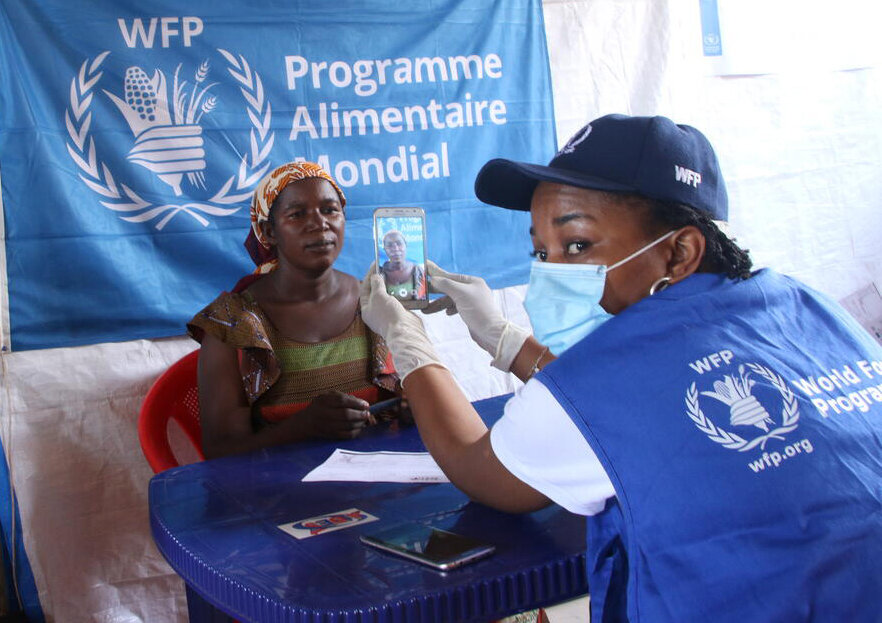
Looking ahead, bolstering WFP’s ability to anticipate crises is paramount, says van der Velden—especially with countries that “don’t make the headlines and don’t get the media attention” like Cameroon, where more than a million have been displaced in the northwest and southwest. “We're barely reaching just over 270,000 people there,” she says.
Sucker punches to the humanitarian system are a persistent threat but can be mitigated with prep, she adds.
“If you look honestly at COVID-19, I don’t think anyone can say, ‘We were ready for this’. Not just at WFP but we as a [global] community,” she says.
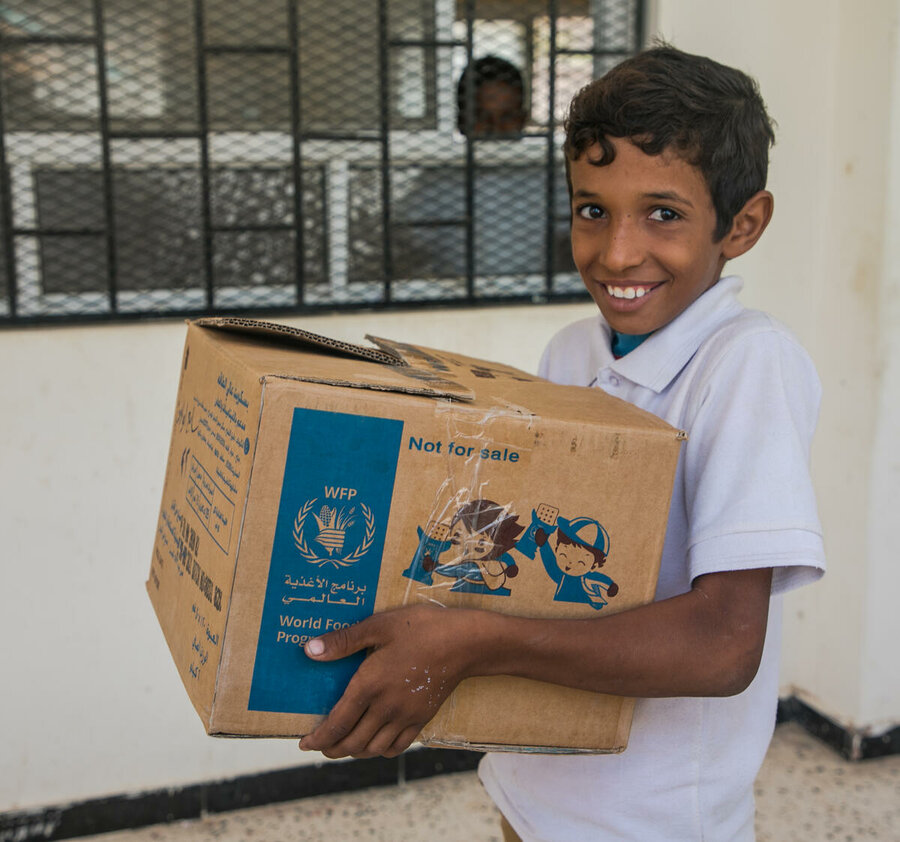
“We have to make sure that we anticipate even better … political instability, climate-related or economic crises …. we have to absolutely strengthen early warnings—anticipation, preparedness and capacity are critical.”
A key lesson of the current pandemic, she says, is that “population groups such as refugees fall through the cracks … we need to pay special attention.”
By December, for instance, 280,000 people had fled their homes due to the conflict in the Ethiopia’s Tigray region while in northern Mozambique, nearly 565,000 had become displaced escaping violence in Cabo Delgado.
“They are not falling within the national response plans or the social protection schemes,” says van der Velden. She fears that local problems can expand into regional ones if they are not addressed.
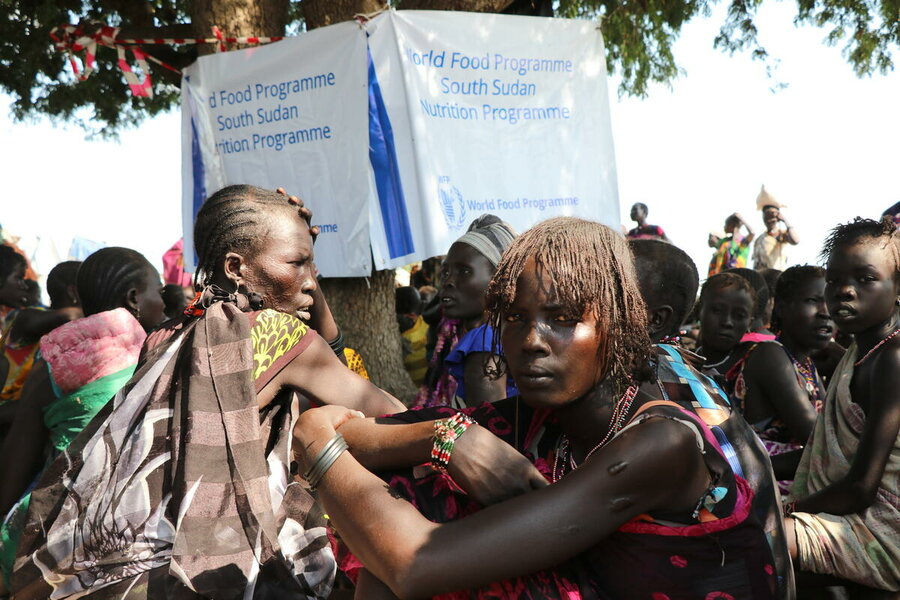
“We see things happening that can become very big,” she adds.
In countries such as Zimbabwe, there are problems surrounding urbanization. “Look at climate change,” says van der Velden, “look at what is expected in terms of water and resources that may not be available, and how that will affect millions and millions and millions of people.”
Remote data collection and monitoring are critical to answering guiding questions such as, “Do we have the operational footprint that we need? Are we targeting the right people? Are we getting to the right people? What are the obstacles to overcome?”
WFP works with governments to make sure “they have the capacity to respond in whatever shape and form might come up, be that technical support or through training,” she says.
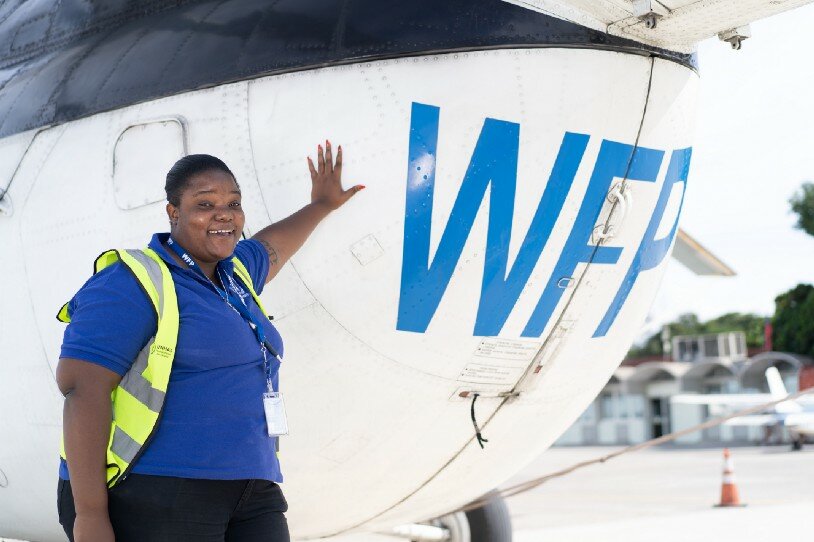
That characterises its Latin America operation to a large degree—although Guatemala and Honduras were hit hard by COVID-19, the region did not turn out to be the tinderbox WFP feared it would become back in March. But with violence and poverty increasing by the day, it is by no means out of the woods, says van der Velden.
Since the outset of the pandemic, WFP has managed to deliver programmes that save and change lives against the odds—the projection that the IPC figure of 135 million food insecure people for this time last year would be pushed to 270 million by December didn’t materialize.
That’s thanks in no small part to WFP’s Common Services stepping up to serve the wider humanitarian community.
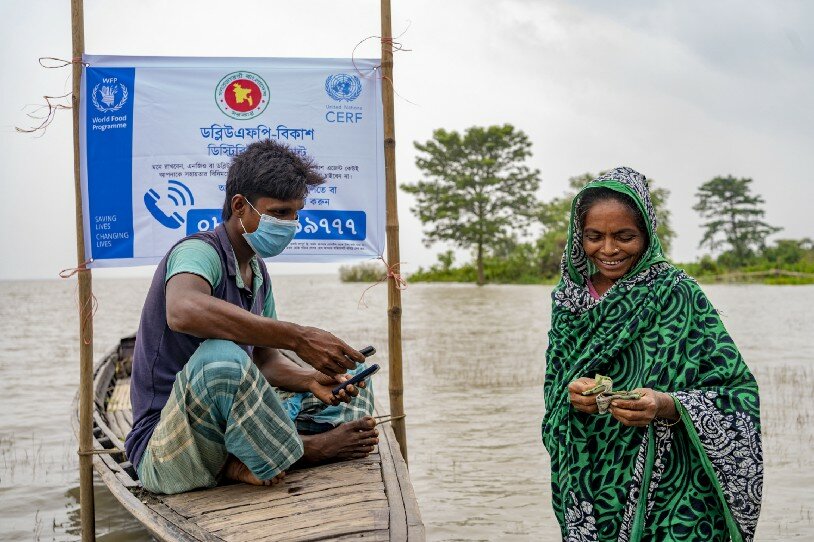
When commercial airlines were grounded, it mobilized aircraft to transport both staff and critical medical cargo including PPE to vulnerable locations, setting up humanitarian response hubs in key locations, working closely with partners, including the World Health Organization. Building on this work and on shared resources is “undoubtedly where we need to move towards in 2021,” she says.
The efforts of WFP’s 20,000-strong staff in 88 countries were not lost on the Nobel Committee which, in October, awarded the world’s biggest humanitarian organization the 2020 Peace Prize.
Now WFP needs donors to step up to help beat hunger in 2021—and avert famine.
“The fact of the matter is that we have an ever-growing group of people in severe food insecurity and little needs to happen for them to fall.” says van der Velden.
She adds: “I think [in 2021] we need to be very careful to make sure that we don't fail where we simply cannot fail.”
Find out more about WFP Emergencies
